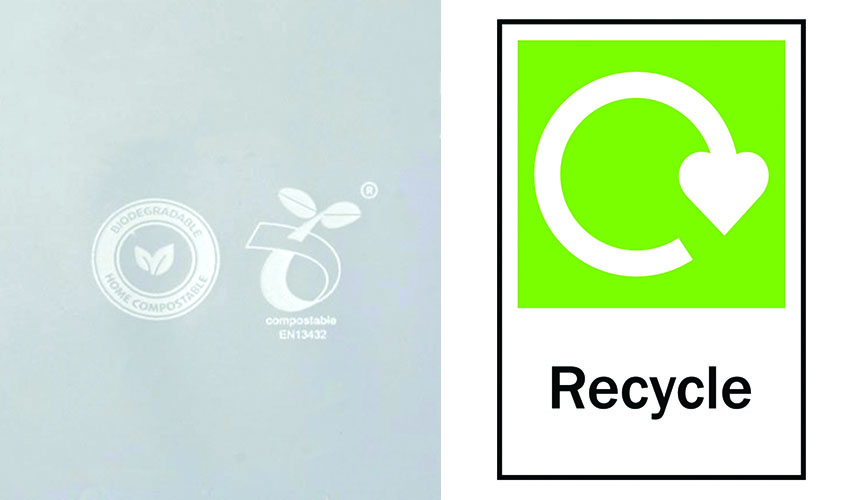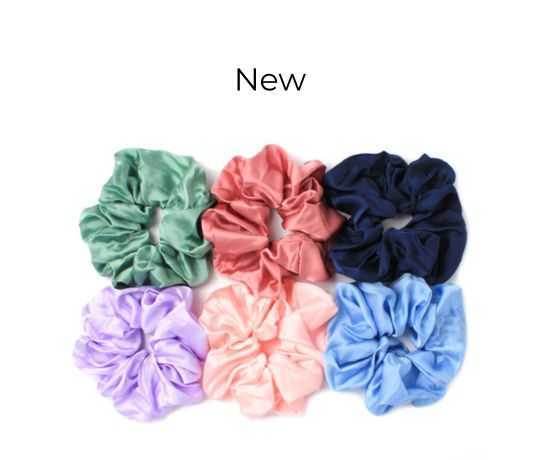
Consumers are confused about which is better, composting or recycling. Many don’t realise that cardboard is suitable for composting. In fact, adding cardboard to your compost can improve it.
We’re here to set the record straight so you and your customers know how to get rid of your cardboard packaging in an environmentally friendly way.
Keep reading to learn more about recycling and composting cardboard.
What is the difference between composting and recycling?
Composting is the natural breakdown of organic matter over time. The result is nutrient-rich compost that can be used to grow more trees and plants for greater sustainability.
Recycling is the process of collecting, processing, and transforming used materials into raw materials for the manufacture of new products.
The big difference between the two is what you can do yourself. Composting is something you can do at home, but recycling (in the traditional sense) can only be done by firms with industrial-sized plants.
Can you compost cardboard?
Cardboard is ideal for composting. It’s made from natural materials and will decompose over time.
It’s naturally rich in carbon, which offsets the high levels of nitrogen in organic matter. You should aim for a 1:2 ratio of green (leaves, grass clippings, etc.) and brown (cardboard, straw, etc.) materials.
Cardboard also absorbs excess moisture and improves airflow to increase the rate of decomposition.
Recycling vs composting – which is better for the environment?
Recycling your cardboard is far better for the environment than throwing it away. Billions of tons of waste are sent to landfills around the world every year, and there’s plenty that could be done to avoid this.
Recycling is still the best option for most people who don’t have, or don’t want, a compost in their backyard. But for those that do, composting is the ideal way to get rid of your cardboard packaging.
- It’s a completely natural process
- It requires no energy
- It releases no toxic gases
Composting is undoubtedly better for the environment than recycling. However, for most people who don’t have a compost heap in their back garden, recycling is still the best way to dispose of cardboard packaging.
How to compost cardboard
Before you add cardboard to your compost, there are a couple of things you should do to prepare it.
1. Remove any plastics from your cardboard
Ensure your packaging is free of tape, cellophane, or labels. Plastic takes much longer to decompose and will contaminate your compost.
2. Break down your cardboard into smaller bits
Break down the cardboard into smaller pieces before adding it to your compost. This will speed up the decomposition process and improve the airflow to stop it from compacting. Tear it, shred it, or cut it up! Whatever works for you.
The final verdict – recycling vs composting
Composting is an all-natural process, so there’s no doubt it’s better for the environment. But when it comes to getting rid of your packaging in a sustainable way, recycling is far superior to sending it to landfill.
We all have a role to play in a product's life cycle, and how we dispose of it is just as important as how it’s made.
A word on Inca’s sustainable packaging
We are committed to working in a way that does the least damage to our world. Our range of eco-friendly packaging is recyclable and compostable.
Our goal is to achieve zero waste, carbon neutrality, and increased local and circular manufacturing.
You can find more on our sustainability policy here.


